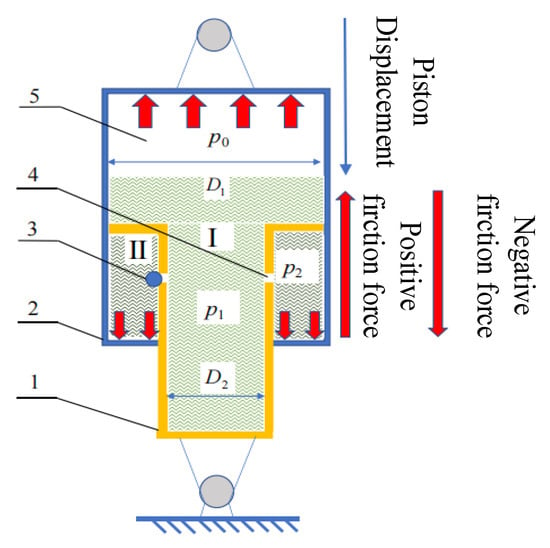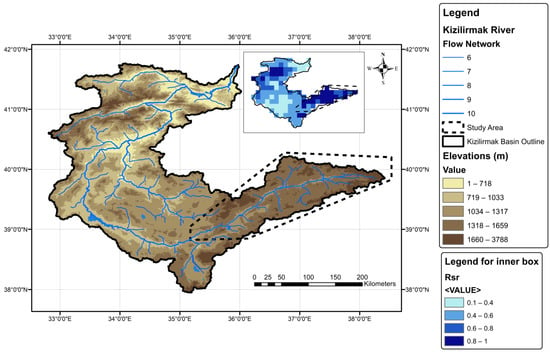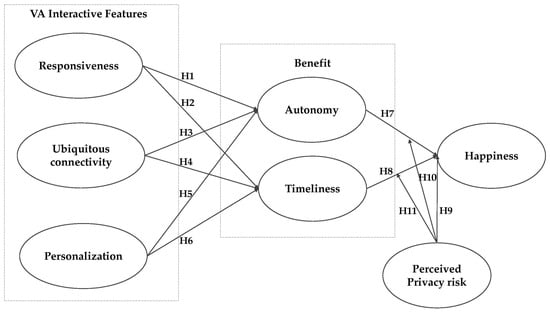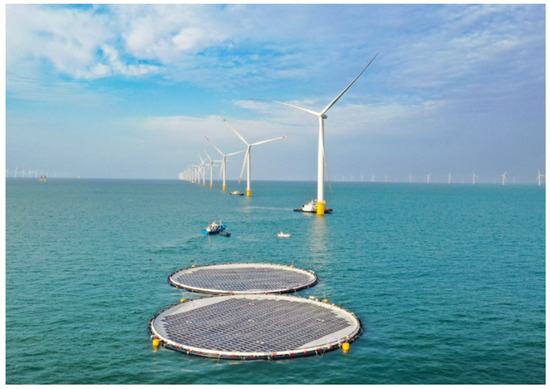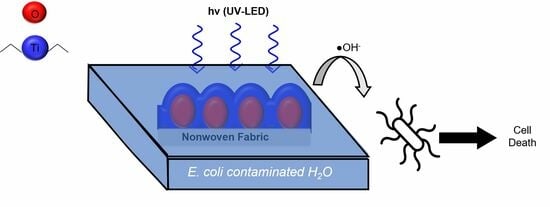The forest–atmosphere exchange of carbon and water is regulated by meteorological conditions as well as canopy properties such as leaf area index (LAI, m
2 m
−2), photosynthetic capacity (PC μmol m
−2 s
−1), or surface conductance in optimal conditions
[...] Read more.
The forest–atmosphere exchange of carbon and water is regulated by meteorological conditions as well as canopy properties such as leaf area index (LAI, m
2 m
−2), photosynthetic capacity (PC μmol m
−2 s
−1), or surface conductance in optimal conditions (G
s, opt, mmol m
−2 s
−1), which can vary seasonally and inter-annually. This variability is well understood for deciduous species but is poorly characterized in evergreen forests. Here, we quantify the seasonal dynamics of a temperate evergreen eucalypt forest with estimates of LAI, litterfall, carbon and water fluxes, and meteorological conditions from measurements and model simulations. We merged MODIS Enhanced Vegetation Index (EVI) values with site-based LAI measurements to establish a 17-year sequence of monthly LAI. We ran the Community Atmosphere Biosphere Land Exchange model (CABLE-POP (version r5046)) with constant and varying LAI for our site to quantify the influence of seasonal canopy dynamics on carbon and water fluxes. We observed that the peak of LAI occurred in late summer–early autumn, with a higher and earlier peak occurring in years when summer rainfall was greater. Seasonality in litterfall and allocation of net primary productivity (F
NPP) to leaf growth (a
f, 0–1) drove this pattern, suggesting a complete renewal of the canopy before the timing of peak LAI. Litterfall peaked in spring, followed by a high a
f in summer, at the end of which LAI peaked, and PC and G
s,opt reached their maximum values in autumn, resulting from a combination of high LAI and efficient mature leaves. These canopy dynamics helped explain observations of maximum gross ecosystem production (F
GEP) in spring and autumn and net ecosystem carbon loss in summer at our site. Inter-annual variability in LAI was positively correlated with Net Ecosystem Production (F
NEP). It would be valuable to apply a similar approach to other temperate evergreen forests to identify broad patterns of seasonality in leaf growth and turnover. Because incorporating dynamic LAI was insufficient to fully capture the dynamics of F
GEP, observations of seasonal variation in photosynthetic capacity, such as from solar-induced fluorescence, should be incorporated in land surface models to improve ecosystem flux estimates in evergreen forests.
Full article
 IJMS
IMPACT
IJMS
IMPACT Applied Sciences
IMPACT
Applied Sciences
IMPACT Sustainability
IMPACT
Sustainability
IMPACT Sensors
IMPACT
Sensors
IMPACT JCM
IMPACT
JCM
IMPACT Energies
IMPACT
Energies
IMPACT Molecules
IMPACT
Molecules
IMPACT Materials
IMPACT
Materials
IMPACT Remote Sensing
IMPACT
Remote Sensing
IMPACT Cancers
IMPACT
Cancers
IMPACT Electronics
IMPACT
Electronics
IMPACT Mathematics
IMPACT
Mathematics
IMPACT Foods
IMPACT
Foods
IMPACT Buildings
IMPACT
Buildings
IMPACT Plants
IMPACT
Plants
IMPACT Nutrients
IMPACT
Nutrients
IMPACT Animals
IMPACT
Animals
IMPACT Polymers
IMPACT
Polymers
IMPACT Water
IMPACT
Water
IMPACT Diagnostics
IMPACT
Diagnostics
IMPACT Biomedicines
IMPACT
Biomedicines
IMPACT Agronomy
IMPACT
Agronomy
IMPACT Microorganisms
IMPACT
Microorganisms
IMPACT Processes
IMPACT
Processes
IMPACT Healthcare
IMPACT
Healthcare
IMPACT Forests
IMPACT
Forests
IMPACT Cells
IMPACT
Cells
IMPACT JMSE
IMPACT
JMSE
IMPACT Medicina
IMPACT
Medicina
IMPACT Viruses
IMPACT
Viruses
IMPACT Agriculture
IMPACT
Agriculture
IMPACT Nanomaterials
IMPACT
Nanomaterials
IMPACT IJERPH
IJERPH
 Land
IMPACT
Land
IMPACT Pharmaceutics
IMPACT
Pharmaceutics
IMPACT Pharmaceuticals
IMPACT
Pharmaceuticals
IMPACT Religions
IMPACT
Religions
IMPACT Biomolecules
IMPACT
Biomolecules
IMPACT Life
IMPACT
Life
IMPACT Micromachines
IMPACT
Micromachines
IMPACT Atmosphere
IMPACT
Atmosphere
IMPACT Antioxidants
IMPACT
Antioxidants
IMPACT Genes
IMPACT
Genes
IMPACT Metals
IMPACT
Metals
IMPACT Symmetry
IMPACT
Symmetry
IMPACT Children
IMPACT
Children
IMPACT Coatings
IMPACT
Coatings
IMPACT Vaccines
IMPACT
Vaccines
IMPACT Horticulturae
IMPACT
Horticulturae
IMPACT Education Sciences
IMPACT
Education Sciences
IMPACT Minerals
IMPACT
Minerals
IMPACT Brain Sciences
IMPACT
Brain Sciences
IMPACT JPM
IMPACT
JPM
IMPACT Bioengineering
IMPACT
Bioengineering
IMPACT




